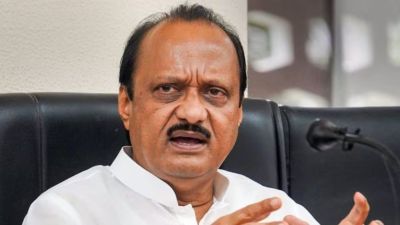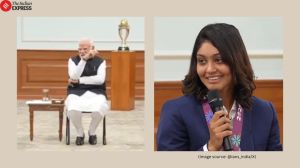When growth isn’t islands of prosperity in a sea of poverty
We need to look at empowerment in terms of people who have been left out by the post 1990 economic liberalization and reforms—the peopl...

We need to look at empowerment in terms of people who have been left out by the post 1990 economic liberalization and reforms—the people who do not consume because they don’t have the power to; and who do not therefore participate in the economy or its growth.
They have to be economically active first before they can contribute anything to the society. Having worked in rural and forest areas, my way of looking at it is that out of these groups, the first priority are the Scheduled Tribes followed by Scheduled Castes.
They form a sizeable minority and a disproportionately large percentage of them are below poverty line. The Scheduled Tribes come to my mind as one of the most neglected parts of our society, living far away from the society in forest areas, beyond the reach of health and educational institutions.
Even where there are such institutions, we know very well that doctors do not go there, teachers do not teach there and the administration is apathetic to them. Most importantly, there is a huge conflict between them and the forest departments.
There needs to be a major overhaul of the Forest Act in order to allow these people to partake of some of their own resources in an eco-friendly and sustainable way in the forests where they live. They live in areas extraordinarily rich in natural resources such as iron ore or bauxite; and they see the exploitation of these resources by businesses with absolutely no benefit to them other than as low paid unskilled workers.
This results in disenchantment and frustration, which leads to violence and extremism besides further alienation. There is nobody ready to listen to their tale of woe and provide them with any resolution of their grievances and problems. Therefore, this I would consider as one of the biggest opportunities or gaps in our society in terms of empowerment.
If this issue is not addressed, an entire region in the heart of India, including northern Andhra Pradesh, Orissa, eastern Vidarbha, Chhattisgarh and Jharkhand will continue to remain as disturbed areas of our country with no possibility of integration with the mainstream of society.
The second group of people who have been still not benefited sufficiently from the progress of the past few years are the Scheduled Castes. They suffer continuing discrimination and oppression in rural areas even in the so-called more advanced states of our country. The other backward castes are more integrated into the society and stand a better chance of access to all the governmental concessions and benefits, leaving the Scheduled Caste people far behind.
Again, the education and employment opportunities for these people have lagged far behind the other sections of society. Unless something drastic is done to address both these categories of people, we cannot really see an empowered society in the real sense in India.
The third area is women from rural areas who are poor. They are the thrice handicapped. Under nourished and oppressed by the widespread male chauvinism, they are also often illiterate. There is also female foeticide and infanticide still continuing in spite of rules and laws that have been amended from time to time. In this particular case, the solution has to come from the developments of the self-help groups in a big way and institutions such as the Grameen Bank of Bangladesh. There has to be some kind of formal micro credit programs on a massive scale, which focuses on these rural poor women.
My vision for an empowered India thus will be a society free of discrimination on the basis of caste, creed or gender and where all sections of society are fully involved in the economic progress of our country. Going back to the words of Abraham Lincoln, I believe a house divided against itself cannot stand. India cannot hope to remain a prosperous country leaving behind such a large segment of our own people. Islands of prosperity amidst a sea of poverty are not the sustainable way to grow.



- 01
- 02
- 03
- 04
- 05




























